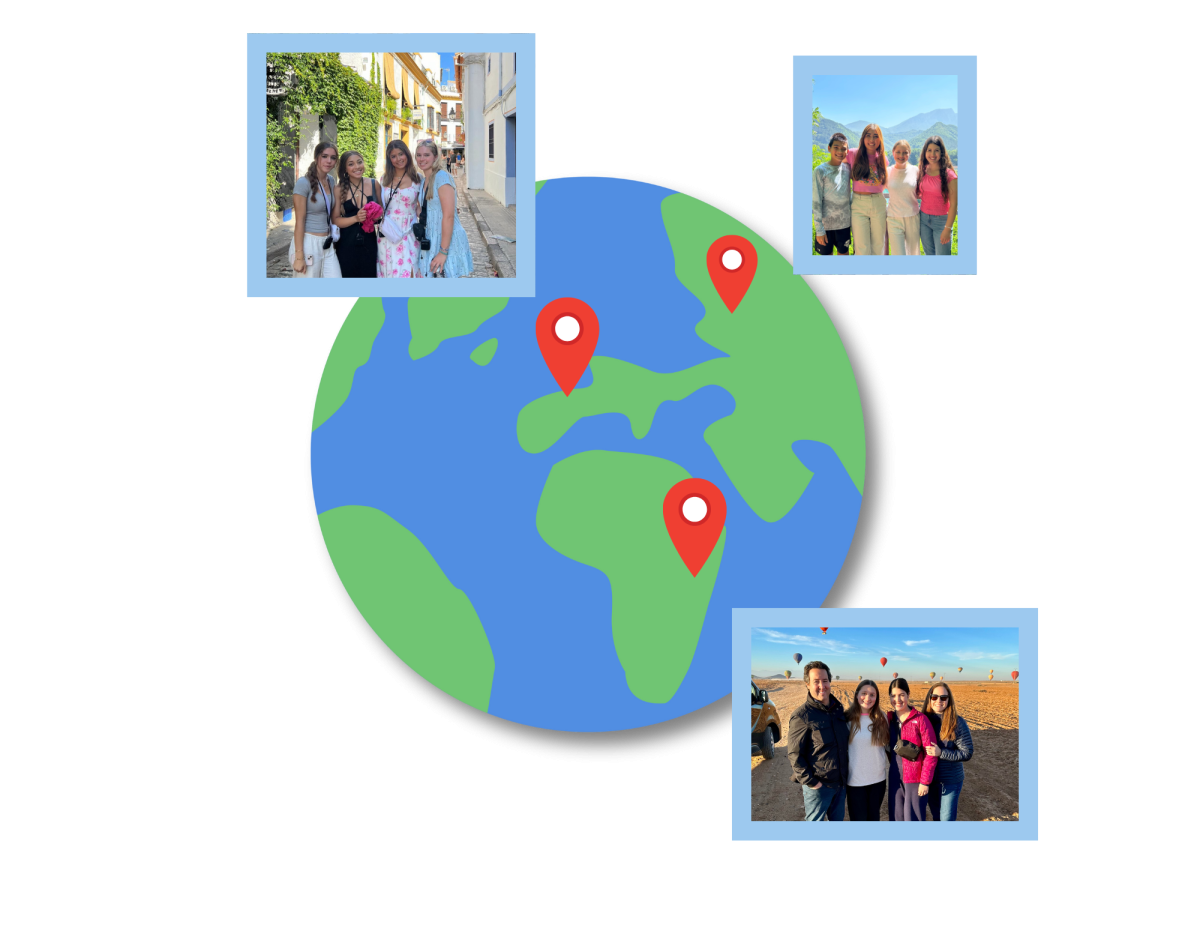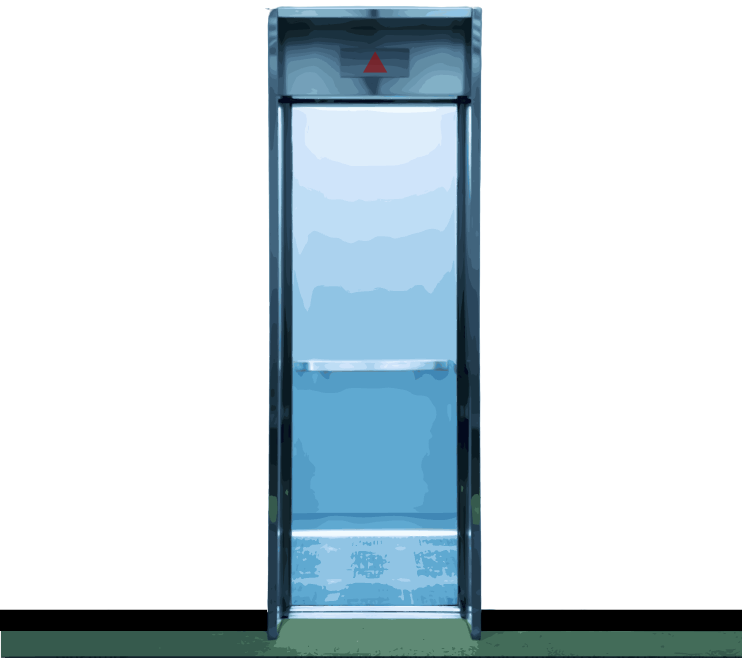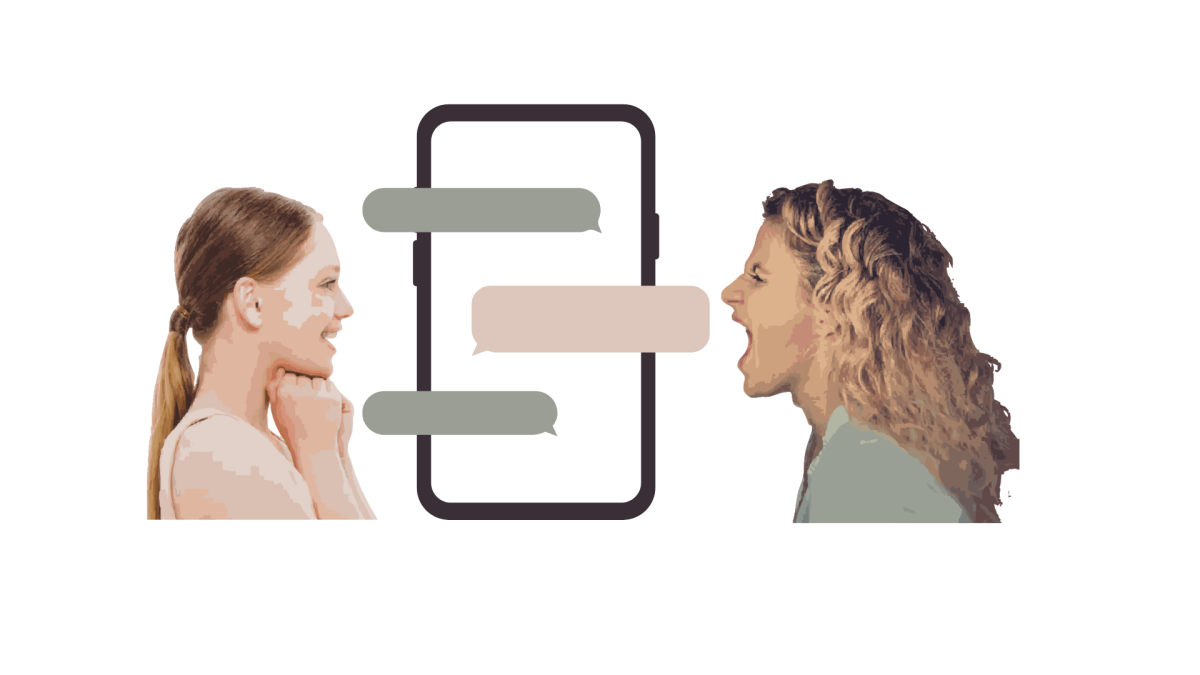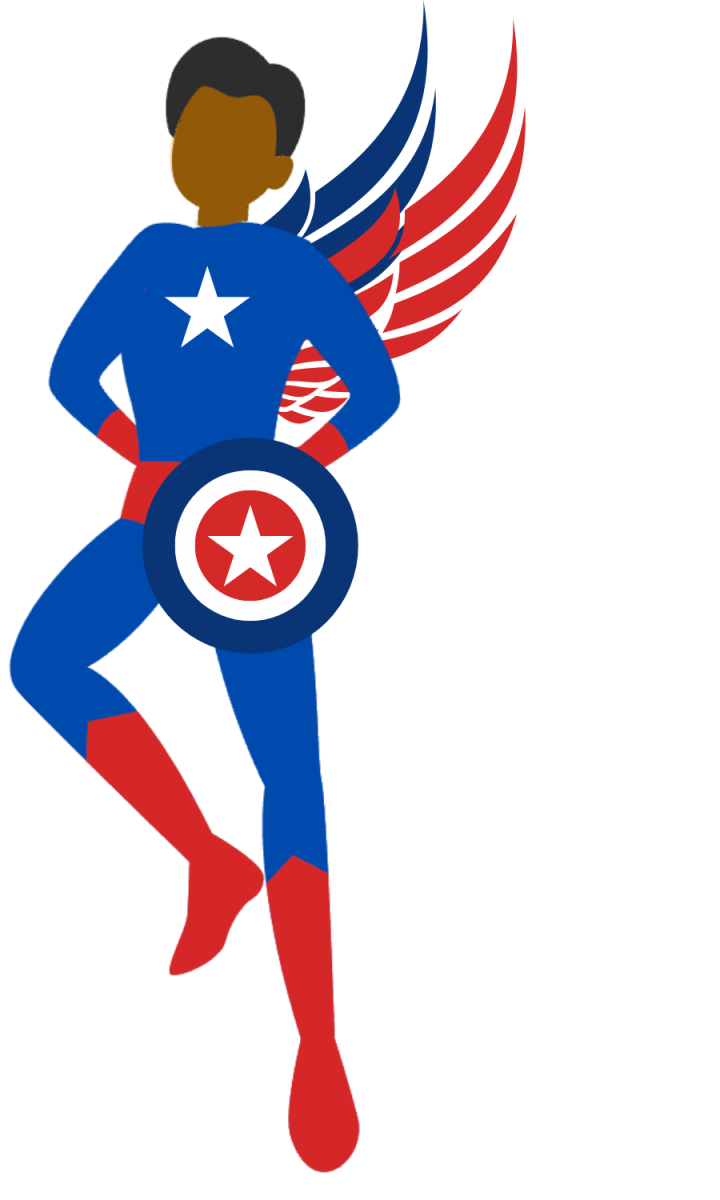If you had to choose whether being struck by lightning or being attacked by a shark was more likely to occur, which would you choose? Most people would say that a shark attack is significantly more plausible, probably due to the fact that shark attacks are a frequent and popular theme in a slew of television shows and movies.
In reality, the chances of being attacked by a shark are far less than the chances of being struck by lightning—1 in 3,748,067 compared to 1 in 960,000, respectively.
In other words, movies like “Jaws” and a couple of media-sensationalized freak events have created a subconscious fear of sharks within most of us. As a result, people still believe shark attacks are a prevalent and dangerous threat, despite spiders, dogs, or even cows actually claiming more American lives per year than our finned friends.
Fear is often what blurs the line between what is and isn’t logical, probable, or predictable. As a result, phobias begin to take control of our lives, and they prevent us from experiencing life to the fullest. This often leads to us making irrational decisions, like choosing the slow-paced carousel over the exhilarating Space Mountain at Disney World, solely because our fears of heights, speed, etc. deem one to be “safer” over the other.
It’s true that everybody will be scared at one point or another in their lives, and few people can claim to be truly and wholly fearless. However, according to a study by the University of California, Los Angeles, simple fears can transform into full-fledged phobias and mental illnesses. In fact, approximately 6.3 million Americans have a diagnosed phobia. However, only 23 percent of all people with phobias actually seek treatment for their anxiety.
Normally when people become afraid, a relatively dormant fight-or-flight reaction is triggered. Formerly crucial for survival during the caveman days, this reaction serves few pivotal purposes for survival in the modern world except for teaching us to be afraid of certain things for the future. However, because this reaction can be provoked so easily and naturally, we often unconsciously become afraid of things that we consciously know aren’t dangerous—like spiders that can easily be taken care of with a rolled up newspaper, or speaking in front of an audience.
This instinctive reaction becomes even more dangerous when we expose ourselves to an excessive amount of fear. This forms an unintended persistent fear of something that’s extremely hard to rid oneself of—a phobia. Because we tend to avoid the things that we’re afraid of, we prevent ourselves from putting our irrational fears to rest. Thus, when we desperately scramble away from a spider instead of stomping it, we actually become a little bit closer to being an arachnophobe.
However, phobias and fears can be assuaged relatively easily if treated systemically. According to Scientific American, one of the most widely accepted treatments for anxiety and phobias is known as “exposure therapy,” a form of cognitive-behavior therapy. One of its most beneficial aspects is that people can often do it themselves, without having to seek a therapist. To carry out exposure therapy, one must simply frequently engage with their particular fear—whether it be statistics of an airplane crashing (1 in 11,000,000) for aerophobes, or pictures of spiders for arachnophobes, etc.
Thus, if you have a phobia, fear not! Simple logic and reasoning are all it takes to free us from the grip our phobias have taken on our lives. And while it’s important to still acknowledge that there are some dangers worth avoiding, facing your fears will ultimately help you live life to the fullest.















